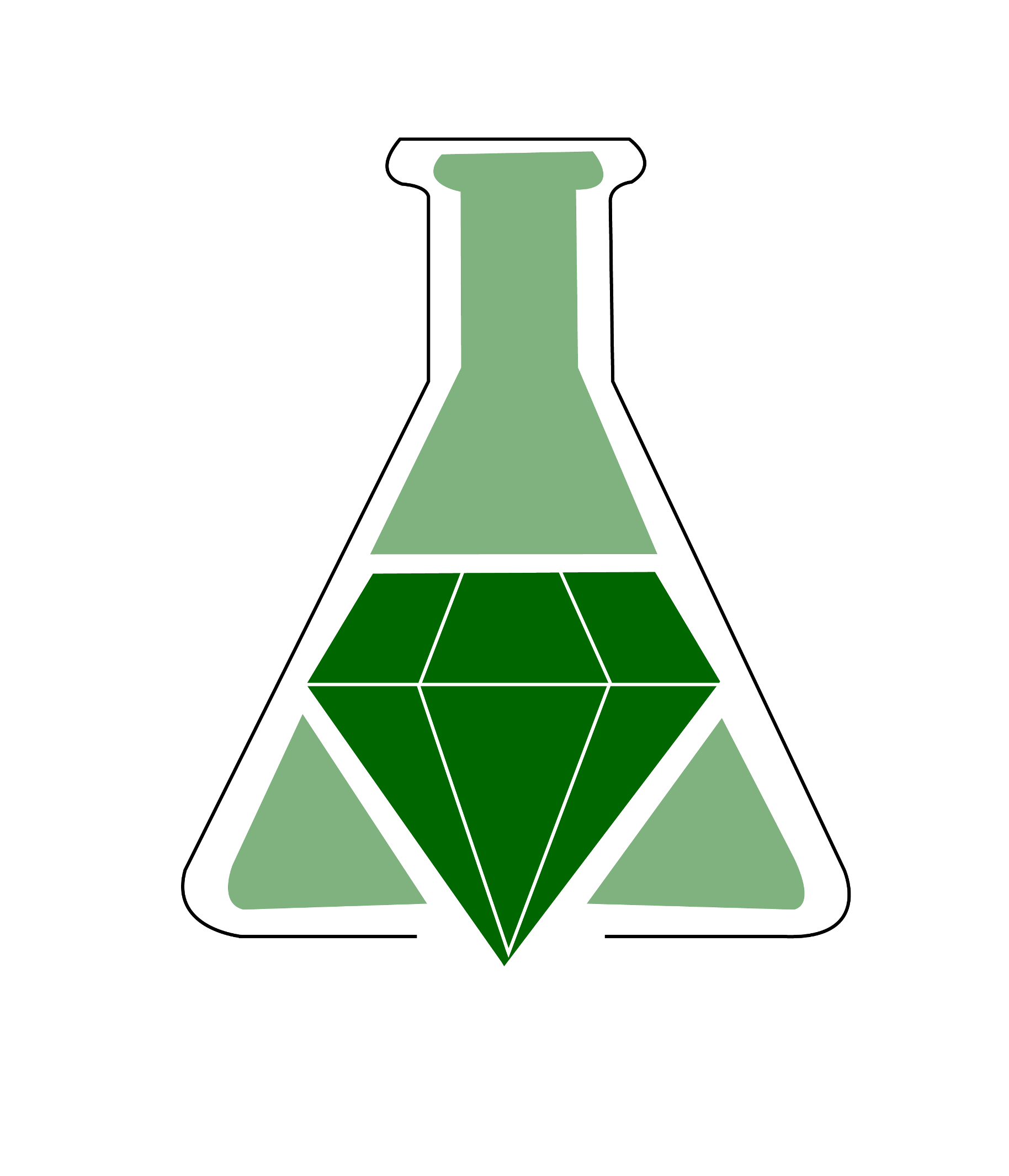Chiral Compounds and Green Chemistry in Undergraduate Organic Laboratories: Reduction of a Ketone by Sodium Borohydride and Baker's Yeast

Summary
Chiral compounds can have unique properties and are becoming increasingly important in pharmaceutical, chemical, and agricultural industries. In this laboratory exercise, students compare and contrast chemical vs. enzyme-mediated procedures for introducing chirality into a molecule and gain experience with the principles and experimental techniques used to prepare and separate enantiomers. Over the course of four, 3-hour lab periods, students characterize (1) racemic and enantiomerically enriched products of the sodium borohydride reduction of ethyl acetoacetate with and without the use of a L-tartaric acid and (2) products obtained with an enzyme-mediated reduction using Baker's yeast. This exercise provides a framework for discussing some of the unique challenges associated with using enzyme-mediated procedures for developing environmentally benign chiral syntheses.
Supplemental materials are provided on the J. Chem. Educ. website and
include instructor notes and student handouts for the laboratory procedure and the chiral GC analysis.
Summary prepared for the original GEMs database May 2005 by Julie A. Haack, Department of Chemistry at the University of Oregon.
Chiral Compounds and Green Chemistry in Undergraduate Organic Laboratories: Reduction of a Ketone by Sodium Borohydride and Baker's Yeast
Nicola Pohl, Allen Clague, and Kimberly Schwarz
Journal of Chemical Education 2002 79 (6), 727
DOI: 10.1021/ed079p727
Supplemental materials are provided on the J. Chem. Educ. website and
include instructor notes and student handouts for the laboratory procedure and the chiral GC analysis.
Summary prepared for the original GEMs database May 2005 by Julie A. Haack, Department of Chemistry at the University of Oregon.
Chiral Compounds and Green Chemistry in Undergraduate Organic Laboratories: Reduction of a Ketone by Sodium Borohydride and Baker's Yeast
Nicola Pohl, Allen Clague, and Kimberly Schwarz
Journal of Chemical Education 2002 79 (6), 727
DOI: 10.1021/ed079p727
Keywords
Safety Precautions, Hazards, and Risk Assessment
See published journal article.
Link to external
